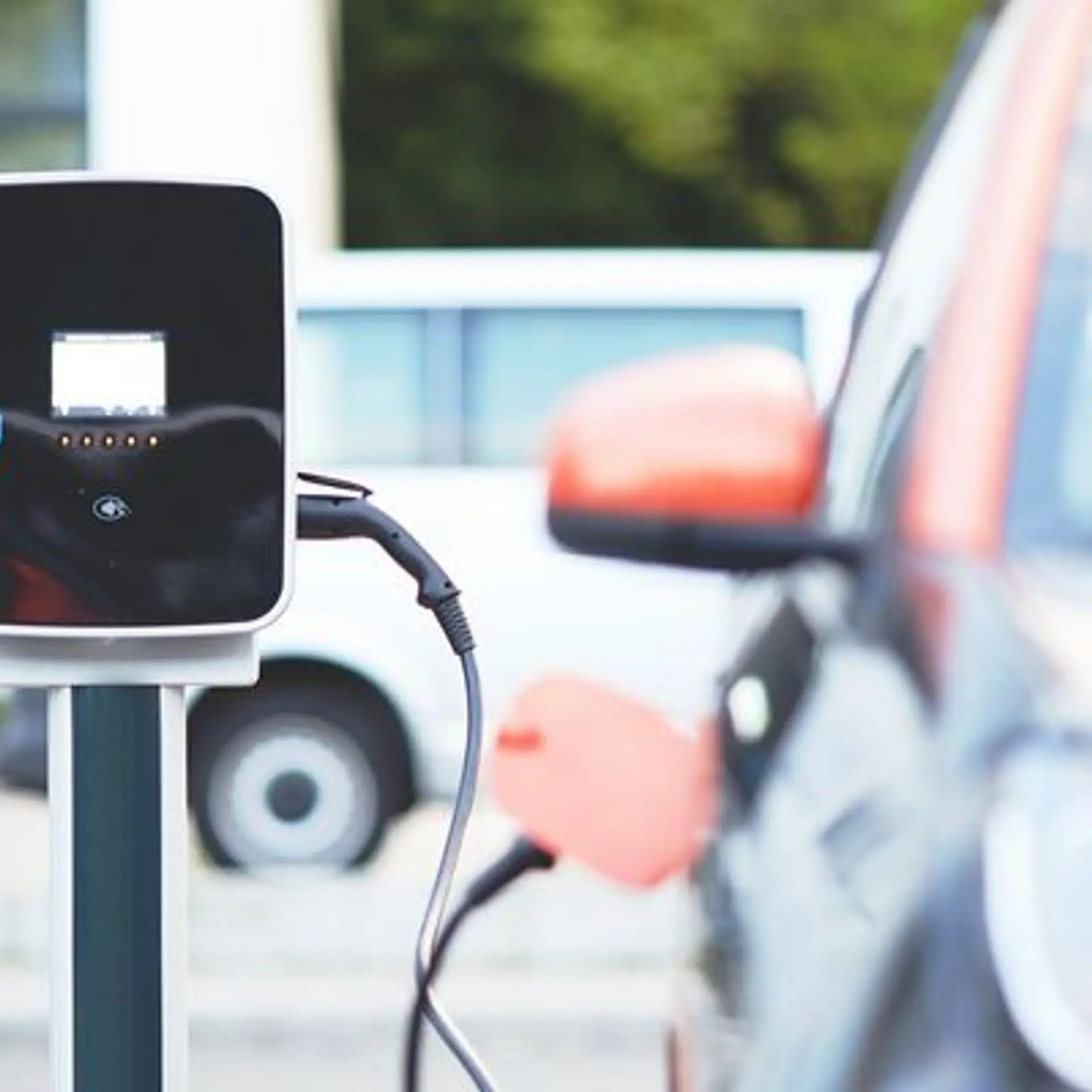10 Minutes Food delivery: Zomato and Swiggy's Big Bet
Hungry for fast food, faster? Try Swiggy's Bolt or keep an eye on Zomato's next move in the race for 10-minute delivery! Get your favorite meals in a flash today!
In an age where speed is a competitive advantage, Swiggy and Zomato have taken bold strides in pushing the boundaries of food delivery. Swiggy’s Bolt and Zomato’s previous experiment in 10-minute delivery highlights a new frontier in food tech—instant gratification at your doorstep. But how do they plan to make this ambitious dream a reality without compromising on quality or worker safety?
Swiggy’s Bolt: Food in a Flash
In 2024, Swiggy launched Bolt, a 10-minute food delivery service, strategically targeting popular dishes that are quick to prepare and require minimal cooking. Items like burgers, biryani, coffee, and ice cream from top brands—KFC, McDonald's, Starbucks, and local favorites like Karachi Bakery—are made available to customers within a 2-kilometer radius. Swiggy’s secret sauce lies in partnering with restaurants that excel at quick service and restricting the delivery distance to ensure timely and fresh food.
The service is currently operational across major cities like Hyderabad, Mumbai, Delhi, Pune, Chennai, and Bangalore, and the company is already planning expansions. Bolt is displayed prominently on the Swiggy app, offering fast food without skimping on quality. As Rohit Kapoor, CEO of Swiggy’s Food Marketplace, remarked, “Bolt is the next evolution in our mission to provide unmatched convenience.”
Zomato’s Attempt: What Went Wrong?
Zomato, Swiggy’s main competitor, ventured into the 10-minute delivery space in 2022 but ultimately scrapped the initiative by 2023. Zomato's strategy involved finishing stations—cloud kitchens stocked with the most popular items based on demand prediction algorithms. These stations prepared food in advance, aiming to meet neighborhood preferences. However, despite leveraging its 1.35 billion orders of data, Zomato faced hurdles in scaling the concept.
The company struggled with balancing speed, quality, and cost-effectiveness, leading to the service being discontinued. Yet, the pilot did prove the viability of hyper-local delivery models, which Swiggy now seems poised to execute.
What Sets Swiggy’s Bolt Apart?
While Zomato relied on pre-prepared items in their finishing stations, Swiggy’s Bolt focuses on delivering freshly prepared meals by partnering with fast-turnaround restaurants. By keeping delivery partners unaware of whether an order is Bolt or regular, Swiggy ensures there is no undue pressure on workers. This addresses a key concern about gig economy workers' safety—a significant point of controversy surrounding Zomato's earlier experiment.
Swiggy also emphasises the convenience aspect, focusing on ready-to-pack items like ice cream and sweets, reducing food preparation time, and ensuring no “race against the clock” for its delivery partners. Their approach targets frequently ordered items, and by restricting deliveries to a 2 km radius, they optimise for speed and reliability.
The Bigger Picture: What’s at Stake?
Both Swiggy and Zomato are responding to a clear shift in consumer behavior. Speed is no longer just a perk but an expectation. In the same way that Zepto disrupted India’s grocery delivery scene with 10-minute deliveries, Swiggy and Zomato see a growing demand for hyper-fast food delivery. Swiggy aims to not only differentiate itself from Zomato but also to attract new users by reducing delivery times for food that’s both fresh and accessible. However, this new model isn’t without its challenges. There are valid concerns about sustainability and the impact on delivery partners. As delivery times shrink, the pressure on workers increases, even if companies claim otherwise. Politicians and activists have already flagged the potential dangers of ultra-fast delivery systems, with some calling for regulatory oversight to protect workers from unsafe practices.
A Fast-Paced Future
The race for the 10-minute food delivery crown is heating up, with Swiggy’s Bolt leading the charge after Zomato retreats from the space. By focusing on easy-to-prepare meals, hyper-local delivery, and worker safety, Swiggy is betting that it can balance speed, convenience, and quality in a way that Zomato couldn’t.
As consumer expectations continue to shift toward instant gratification, the big question remains: can Swiggy make 10-minute delivery the new normal, or will it face the same hurdles that stopped Zomato in its tracks? One thing is for sure—the future of food delivery is faster than ever.
Edited by Rahul Bansal







